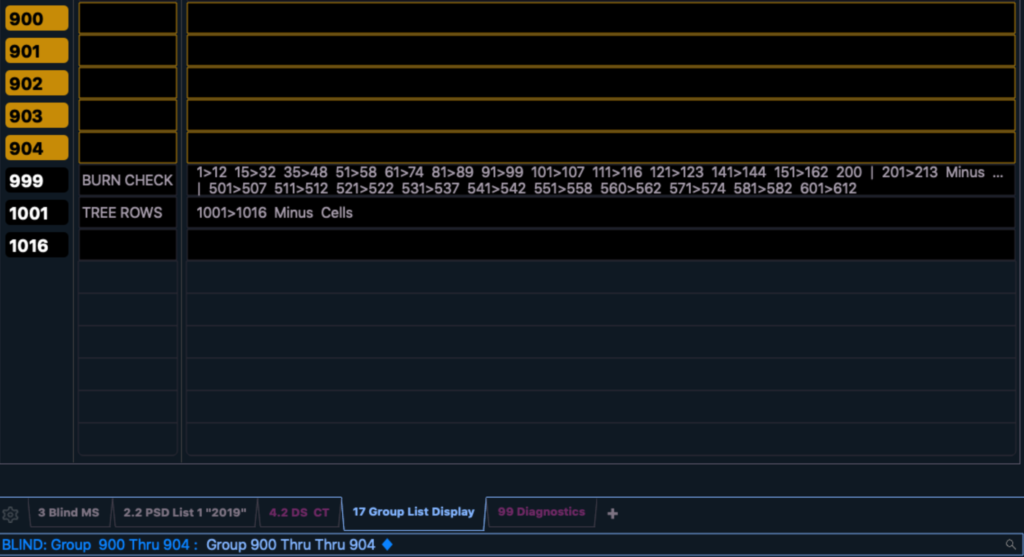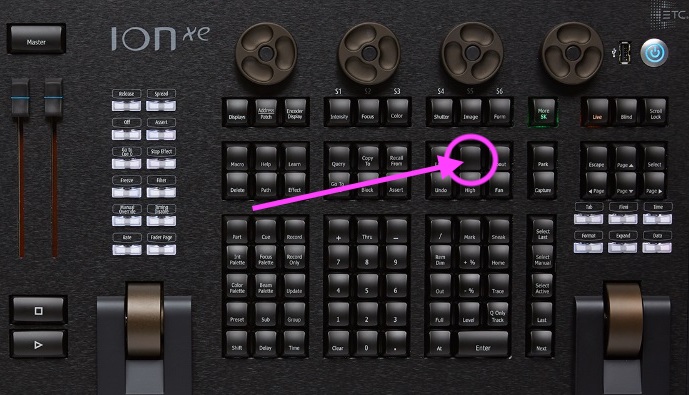
The former fires right after ngOnInit but before the page transition begins, and the latter directly after the transition ends.įor ionViewWillLeave and ionViewDidLeave, ionViewWillLeave gets called directly before the transition away from the current page begins, and ionViewDidLeave does not get called until after the new page gets successfully transitioned into (after the new pages ionViewDidEnter fires). The difference between ionViewWillEnter and ionViewDidEnter is when they fire.

Note: By default, whitespace is used to divide tokens.Fired when the component routing to is about to animate into view.įired when the component routing to has finished animating.įired when the component routing from is about to animate. The object then iterates over each token and reads each token using its different methods. In this case, the scanner object will read the entire line and divides the string into tokens: " He", " is" and " 22". Suppose there is an input string: He is 22 Tokens are small elements that have some meaning to the Java compiler. The Scanner class reads an entire line and divides the line into tokens. In the above example, we have used the and package to read BigInteger and BigDecimal respectively. ("Enter a big decimal: ") īigDecimal value2 = input.nextBigDecimal() ("Enter a big integer: ") īigInteger value1 = input.nextBigInteger() nextBigDecimal() - reads the big decimal value from the userĮxample 4: Read BigInteger and BigDecimal import.nextBigInteger() - reads the big integer value from the user.Java scanner can also be used to read the big integer and big decimal numbers. Java Scanner with BigInteger and BigDecimal Recommended Reading: Java Scanner skipping the nextLine(). The method is terminated when it encounters a next line character, \n. Unlike next(), the nextLine() method reads the entire line of input including spaces. In the first example, we have used the nextLine() method to read a string from the user. Once the whitespace is encountered, it returns the string (excluding the whitespace).Įxample 5: Java Scanner nextLine() import This is because the next() method reads input up to the whitespace character. However, the next() method only reads the first name. In the above example, we have used the next() method to read a string from the user. In the above example, we have used the nextDouble() method to read a floating-point value.Įxample 4: Java Scanner next() import In the above example, we have used the nextInt() method to read an integer value.Įxample 3: Java Scanner nextDouble() import The Scanner class provides various methods that allow us to read inputs of different types.Įxample 2: Java Scanner nextInt() import Here, we have created objects of the Scanner class that will read input from InputStream, File, and String respectively. Scanner sc1 = new Scanner(InputStream input) Once we import the package, here is how we can create Scanner objects. To learn more about importing packages, visit Java Packages. Now that you have some idea about Scanner, let's explore more about it.Īs we can see from the above example, we need to import the package before we can use the Scanner class.

We have then used the nextLine() method of the Scanner class to read a line of text from the user. It works just like taking inputs from the keyboard. The System.in parameter is used to take input from the standard input.

Here, we have created an object of Scanner named input. In the above example, notice the line Scanner input = new Scanner(System.in) Let's take an example.Įxample 1: Read a Line of Text Using Scanner import The Scanner class of the java.util package is used to read input data from different sources like input streams, users, files, etc.


 0 kommentar(er)
0 kommentar(er)
